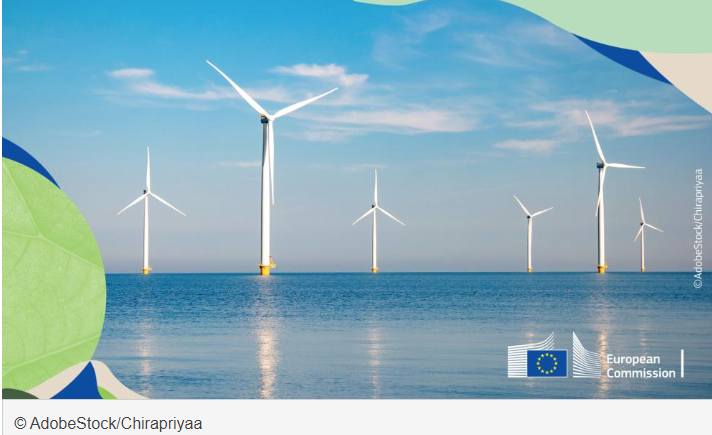Cairngorms Connect – a wild landscape in the making – The Applied Ecologist
In this new series, we hope to promote knowledge exchange in restoration and invite restoration practitioners to share their stories: successes, failures, implementation of learnings from other places and anything in between! To kick off the series, Sydney Henderson and Dr Pip Gullett share their story from Cairngorms Connect. Cairngorms Connect is a partnership of […]
Continue Reading


